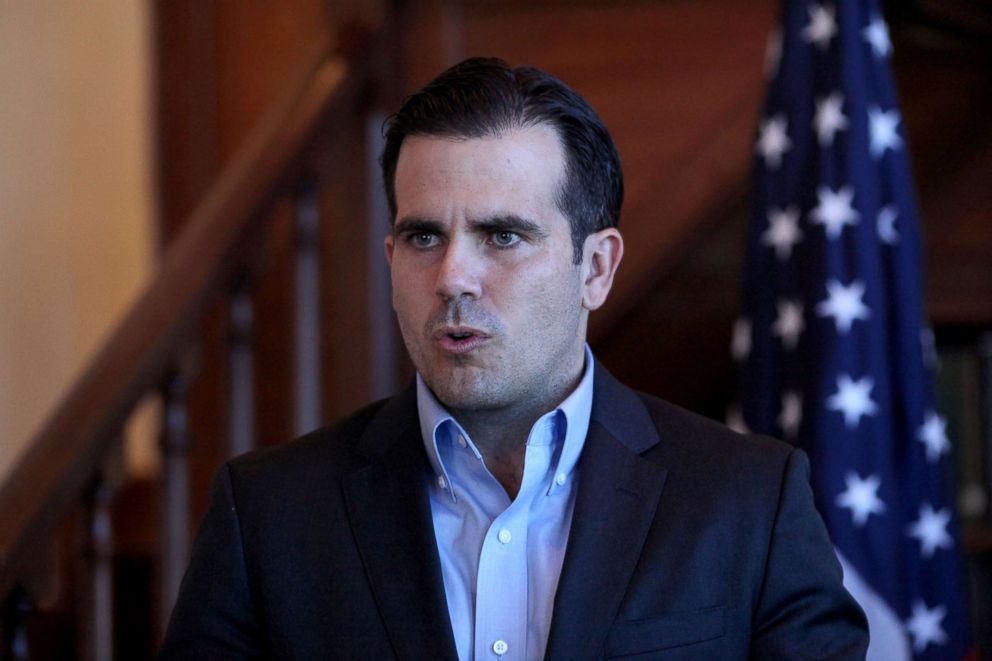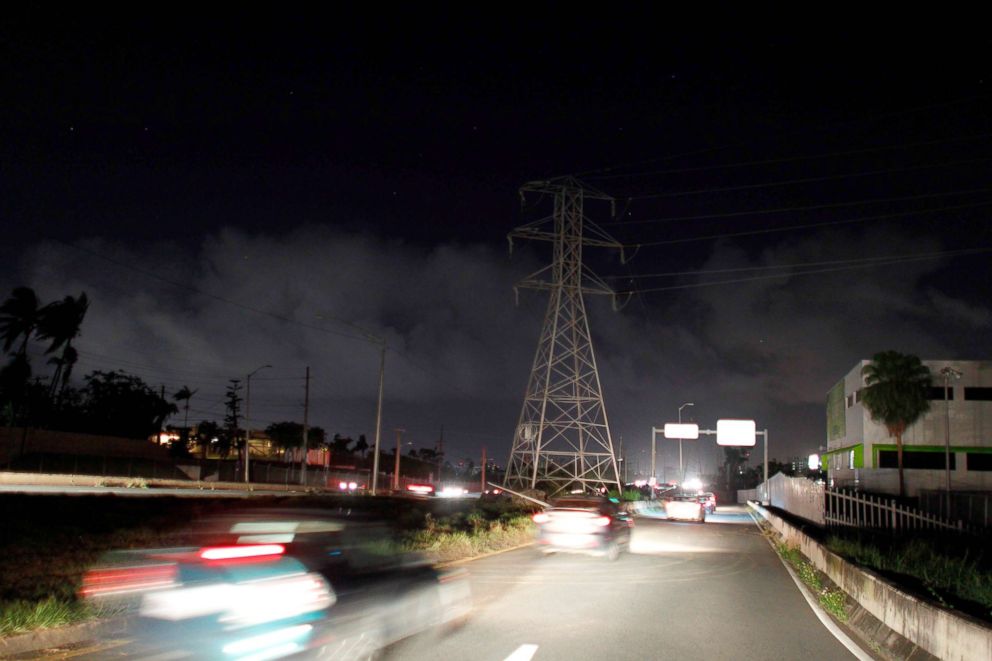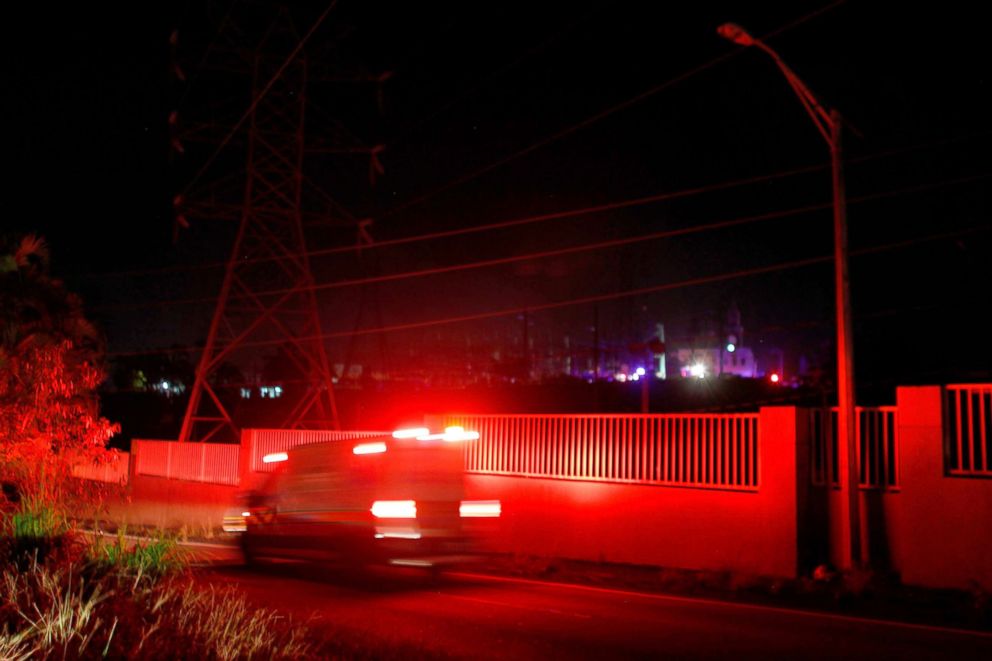Nearly all of Puerto Rico could have power restored by next month: Officials
Up to 95 percent of PR could have its power restored soon, officials said.
— -- Puerto Rico could recover nearly all of the power it lost after Hurricane Maria by the end of next month, according to the governor and the Army Corps of Engineers.
Gov. Rosello said 90 percent of the customers with electricity should have their power back by March.
"My expectation is within the next month...we should get to 90 percent," Rosello told ABC News. "Hopefully, again, that is based on estimates that we are working with the Corps of Engineers, PREPA, other contractors that we can move as quickly as possible."

For its part, the Army Corps of Engineers, along with the Federal Emergency Management Agency and Puerto Rico's utility, said up to 95 percent of customers across the island could have electricity by March 31.
Meanwhile, areas with rougher terrain, like Arecibo and Caguas, will likely go without power until mid-April and late-May, according to the Army Corps of Engineers.
The island’s 3.5 million residents were plunged into complete darkness as Hurricane Maria made landfall on September 20. Rosello said in the weeks that followed that 95 percent of the customers would have seen electricity by December 15 –- a benchmark that was never met.

"I assumed ownership from that expectation. This is something that we have difficulty in controlling, particularly when you see the two-thirds of the island’s recovery on that front is in the Corps of Engineers’ hands," Rosello said. "I have seen a lack of urgency on that, whether it be on the contracting side or the bringing materials side, which is a current problem."
The Army Corps of Engineers defended its work in a statement. It said it has received 31,682 poles and 2,628 miles of conductor wire to date, with more to come in the coming weeks.
"Our priority is to safely and urgently restore reliable power to the people of Puerto Rico, as quickly as possible," it said. It said it will "continue to work in a unified effort with the Puerto Rico Electric Power Authority, FEMA and industry partners to help people recover from this disaster."
Aides to Governor Rossello declined to take journalists' questions regarding the ongoing investigation into death toll after Hurricane Maria. Yennifer Alvarez, the governor’s press secretary, told ABC News a press conference will be held next week to discuss it and how it will continue.

Earlier this year, Rossello signed an executive order announcing a review of thousands of deaths following Hurricane Maria. Puerto Rico's official death toll from Maria is 64, according to the island's Department of Public Safety.
But some independent analyses found it was likely significantly higher. The New York Times published a review it conducted of daily mortality data from Puerto Rico’s vital statistics bureau; it discovered that 1,052 more people than usual died on the island after Maria’s landfall.




